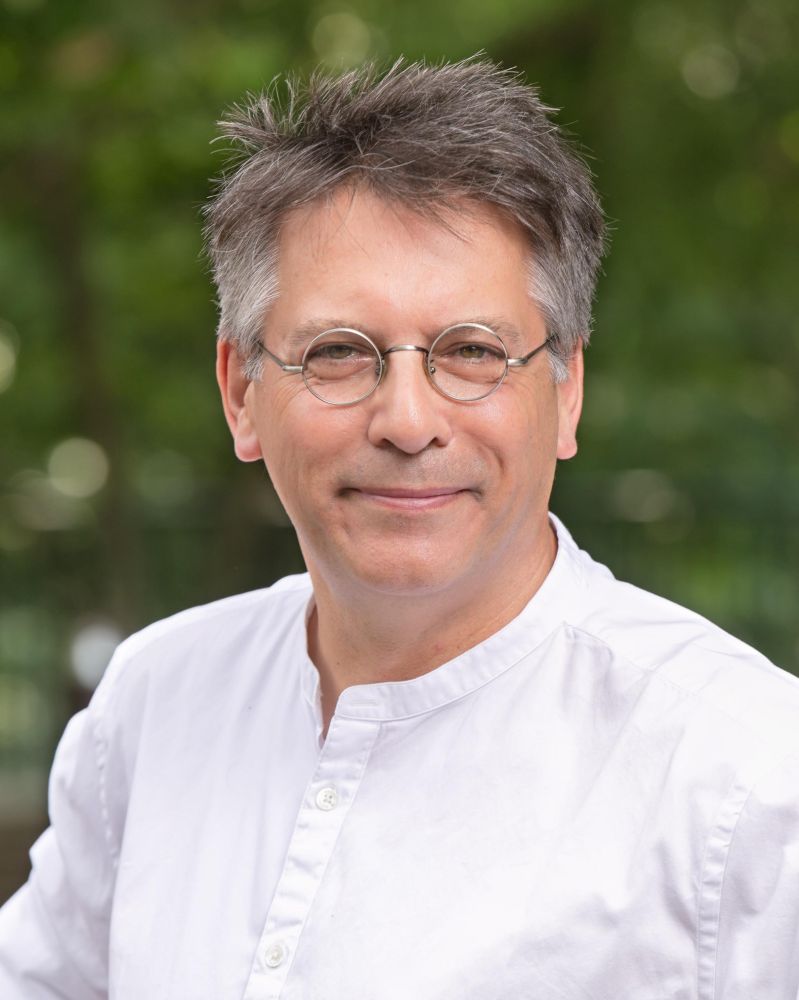




Now @marsonlab.bsky.social & colleagues at @gladstoneinst.bsky.social @ucsanfrancisco.bsky.social have mapped how immune cells fine-tune FOXP3 levels. gladstone.org/news/researc...

Now @marsonlab.bsky.social & colleagues at @gladstoneinst.bsky.social @ucsanfrancisco.bsky.social have mapped how immune cells fine-tune FOXP3 levels. gladstone.org/news/researc...



gladstone.org/news/scienti...

gladstone.org/news/scienti...

www.ucsf.edu/news/2025/10...

www.ucsf.edu/news/2025/10...
www.rockefeller.edu/news/38446-h...

www.rockefeller.edu/news/38446-h...

researchmagazine.gwu.edu/rewriting-ca...

researchmagazine.gwu.edu/rewriting-ca...
Hertz Fellow Michael Fischbach of Stanford modified harmless skin bacteria to teach the body to fight disease—eliminating cancer in mice with just a cream.
www.hertzfoundation.org/news/reimagi...

Hertz Fellow Michael Fischbach of Stanford modified harmless skin bacteria to teach the body to fight disease—eliminating cancer in mice with just a cream.
www.hertzfoundation.org/news/reimagi...









